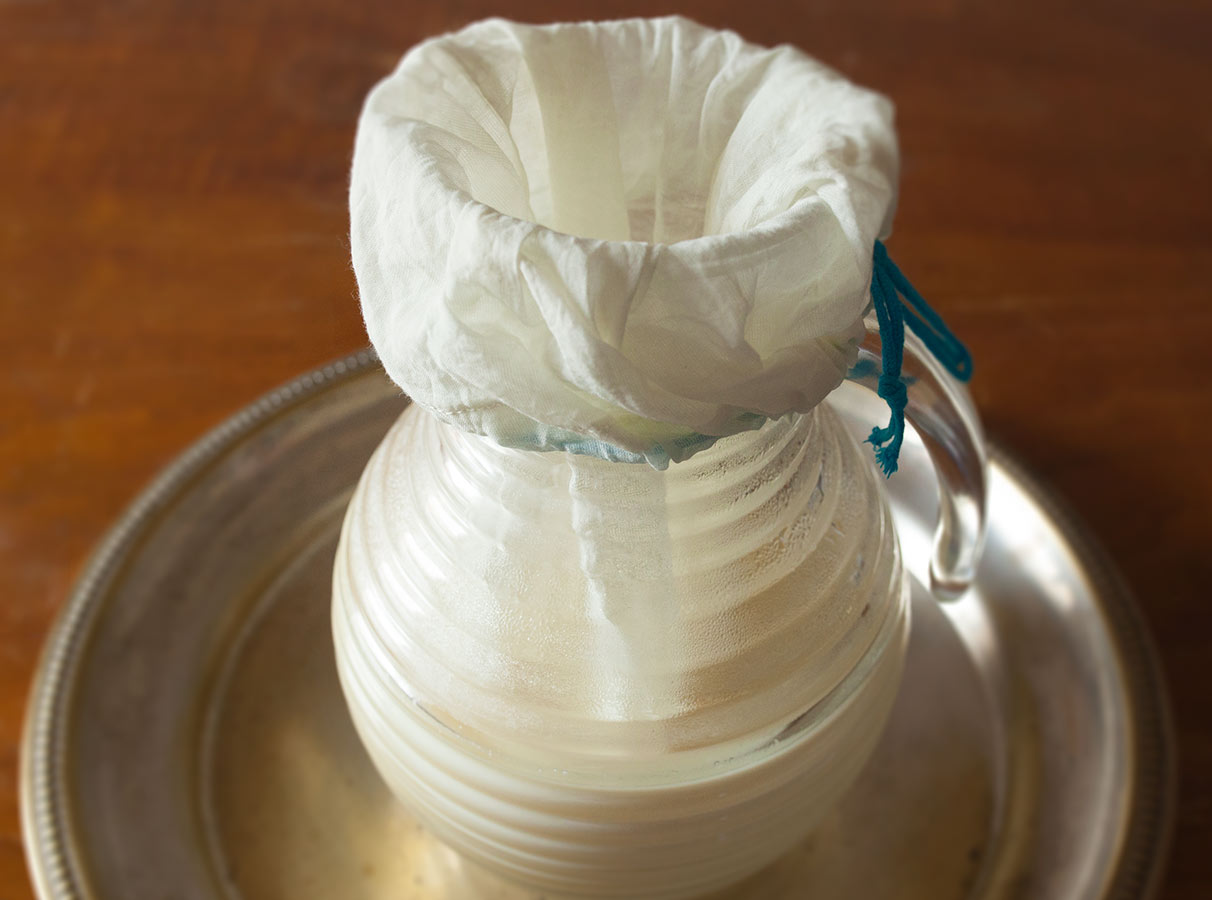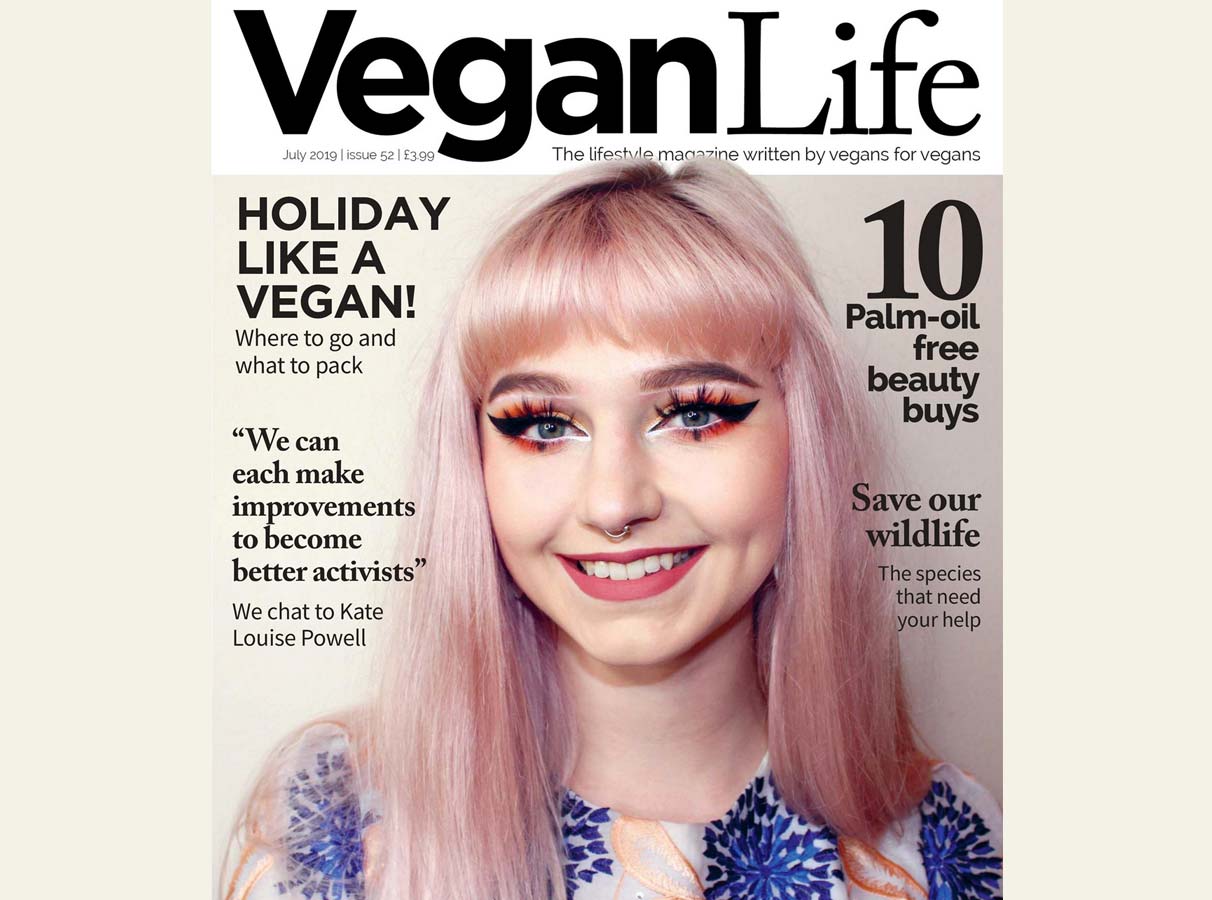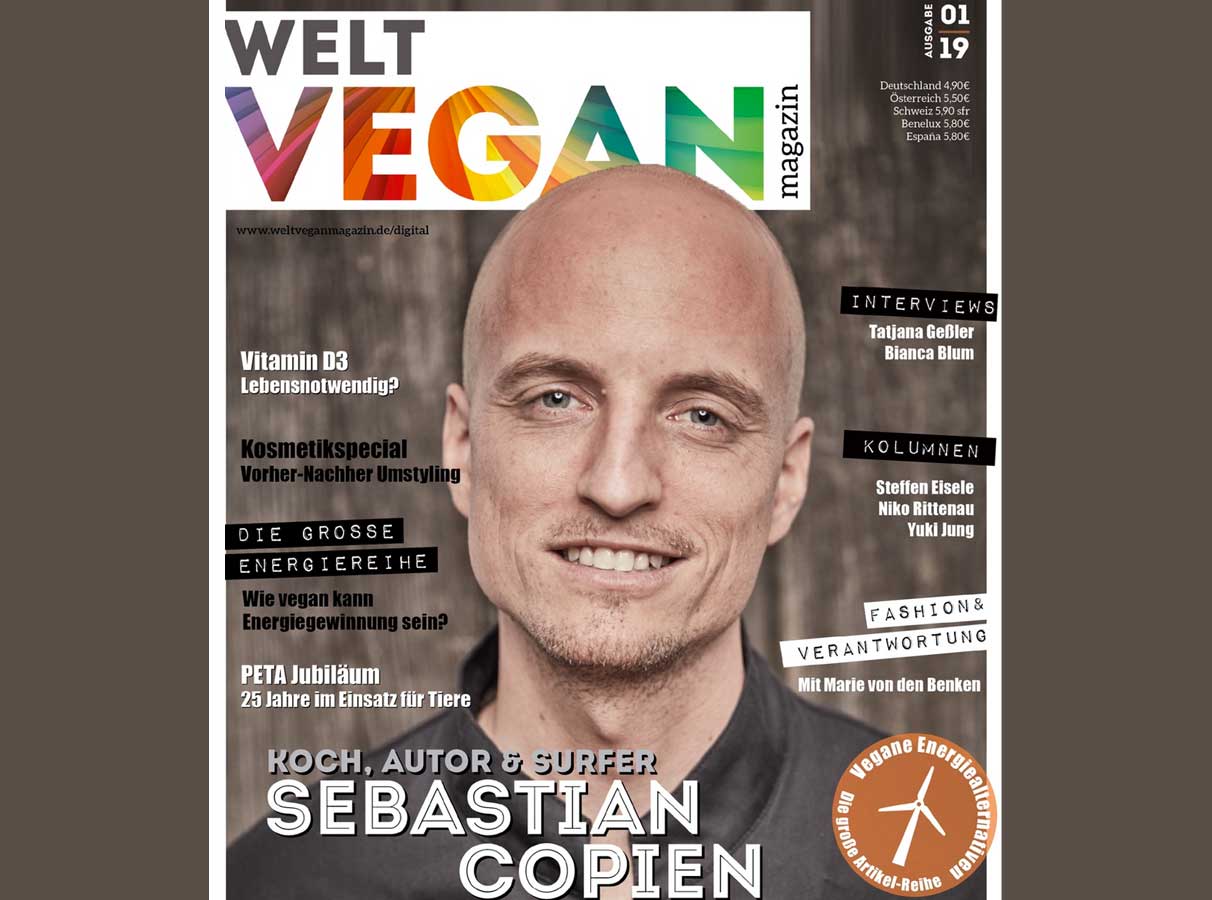
Plant Milk Guide
How to replace dairy milk? You will see it is so easy ! Plus super healthy for us, much better for the animals and the environment. If you are curious and on a path towards more plant-based options in your diet, you can find in this guide all instructions to make your own delicious plant-based milk…Enjoy ! 🙂
Producing it´s own plant-based milk instead of buying it at the grocery store takes more time, but it’s cheaper and in a household that consumes milk daily avoids too much unnecessary and non-recyclable plastic or tetrapak cartons.
Making a conscient choice as a consumer and having plant-based milk for your breakfast brings a lot´s of benefits – especially for our health since it is free of antibiotics and hormones.
Also we break the vicious cruelty chain of the dairy industries!
Nowadays the sad life of a milk cow is a never ending circle of artificial insemination, pregnancy, separation of her child within the first 24 hours after birth and subsequently artificial insemination within 3 month – again and again and again – until being culled at 6 years old. So sad – isn´t it? I hope you also would like to change towards something better like I do…
And imagine…
This change can start only with a handful of selected organically grown seeds …
How wonderful is this?
Enjoy the recipes and have a nice day.
Nutrition: Milk and Calcium
Unhulled Sesame seeds are containing 783 mg of calcium per 100 g, nearly 100% of our recommended daily intake of 1000 mg. That’s almost 7 times more than contains dairy milk with 120 mg of calcium per 100 ml.
Other foods that you can add into your diet with a high amount of calcium are:
Nettle, Chia seeds, calcium-rich mineralwater, almonds, hazelnuts, kale, lin seeds, arugula, tofu, broccoli…
Important: Vitamin D helps your body effectively absorb calcium – means calcium can only reach its full bone-building potential if your body has enough vitamin D. Also do not intake high-dose iron supplements 2h before or after your calcium rich meal.
So let´s go here are all the recipes. You just need a mixer and a nutmilkbag or even a french press and are ready to become a plant-milk specialist !
Eat before: All milks can be stored in a glassbottle in the fridge for minimum 3 days.
Low waste: Don´t throw away the nut- milk pomace. You can transform it into spreads or cookies.
Home-made, plant-based Soy Milk
Ingredients:
80-100 g dry soya beans
1 l still water
Method:
-Soak the organic soya beans in cold water for 6-8 hours.
-Rub the beans between your hands to remove the skins.
-Rinse the beans several times to separate the skins, and pour them away.
-Place the soya beans in the blender with 1.5 l still water and chop them a bit.
-Bring to the boil in a stainless steel pan and simmer gently for 20 min. with the lid of the pan open,
while keeping an eye on it. (Be careful: it boils over very quickly!)
-Purée again finely with the blender and bring to the boil again, stirring constantly.
-Repeat the whole process a third time (the finer the better, which is why using a blender is an advantage, but it also works with a hand blender).
-Allow the milk to cool briefly, and filter it through a nut milk bag into a kitchen bowl.
-Twist the bottom of the bag until finally only the coarser bits remain = okara (which can be used for spreads).
-Pour the milk into a glass bottle.
750 ml – 1 l still water
1 pinch sea salt
– Cover oatmeal with water and soak for about 30 minutes.
– Drain the oats and wash them.
500 ml still water
1 pinch sea salt
– Cover oatmeal with water and soak for about 20 minutes.
– Pass through a sieve and pour with water and salt into the Vitamix.
Homemade, plant-based Rice Milk
1l still water
1 pinch sea salt
-Then add the remaining water and mix until the rice is completely crushed.
-Let the rice milk soak in a cool place for 2-3 hours.
-Strain through a nut milk bag.
Tip: The rice milk will be a little more substantial if you add 100 g almonds to the the rice.
Ingredients:
1l still water
1 pinch sea salt
-Then add the remaining water and mix until the quinoa is completely crushed.
-Strain through a nut milk bag.
Ingredients:
-200 g almonds or hazelnuts soaked overnight or min. 4h
-1l still water
Method:
Mix in the Vitamix for approx. 1 minute and pass through a nut milk bag.
Home-made, plant-based Almond Cream for making icecream
Ingredients:
-300 g almonds soaked overnight or min. 4h
-900 ml water
Method:
Mix in the Vitamix for approx. 1 minute and pass through a nut milk bag.
Ingredients:
-140 g cashews soaked overnight
-750 ml – 1l still water
Method:
Mix in the Vitamix for approx. 1 minute and pass through a nut milk bag.
Home-made, plant-based Coconut Milk
Ingredients:
-200 g coconut flakes
-1 l water heated up to 24 ° C
-Lecithin 2 tbsp granules
Method:
Mix in the Vitamix for about 1 minute until warm and pass through a nut milk bag.
Do not overmix otherwise becomes soapy !
Home-made, plant-based Coconut Cream for making icecream
Ingredients:
-300 g coconut flakes
-900 ml water heated up to 24 ° C
-Lecithin 2 tbsp granules
Method:
Mix in the Vitamix for about 1 minute until warm and pass through a nut milk bag.
Do not overmix otherwise becomes soapy !
Home-made, plant-based Vanilla Pea Milk
Ingredients:
-200 g dry yellow split peas
-4-5 pitted dates, soaked
-2-3 Tbsp sunfloweroil
-1-2 tsp vanilla extract
Method:
Soak lentils overnight, cook in 750 ml water until soft. Blend lentils, dates, vanilla, oil in the Vitamix with for about 1 minute. Add 750 -1000 ml water blend again and pass through a nut milk bag.
Enjoy !
More Basic Guides are coming soon.
If you want to know more about the dairy industries click here.
or follow Joey Carbstrong

